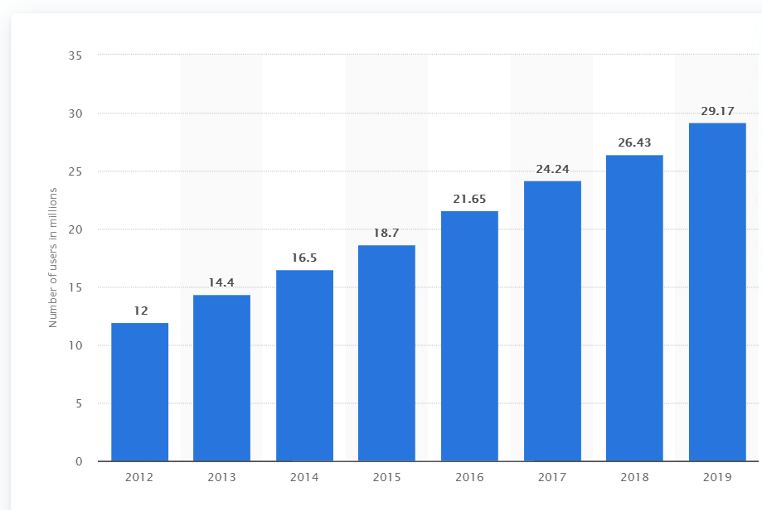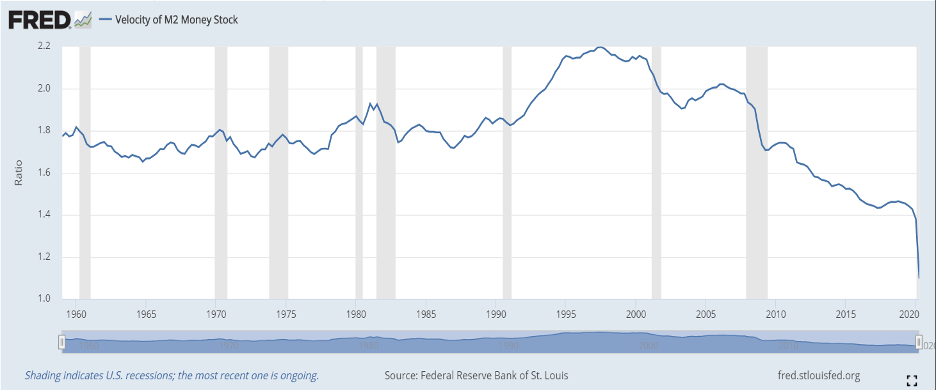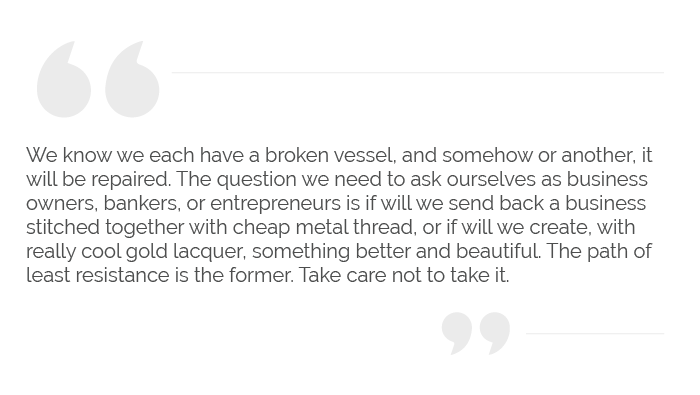While watching my church service on TV this weekend (how
weird it is that this has come to seem normal!), I learned a new term: kintsugi.
The direct translation of kintsugi is
"the art of healing." As the story goes, back in the 1400s, a Japanese shogun,
Ashikaga Yoshimasa, broke his favorite tea bowl. It must have meant a lot to
him because he sent it to China for repair. He got it back; the shards were laced
or stabled together with fine metal wire, and it leaked.
Dissatisfied, the shogun commanded a Japanese craftsman to
come up with a superior solution. Despite the fact that history does not record
this resourceful craftsman's name, he came up with something wonderful: He
patched the bowl together with a gold-infused lacquer. It turned out so beautifully
that it inspired a new, serious art form in Japan. To this day, there are
Kintsugi masters in Japan who teach classes, write books, and sell intentionally-broken
and repaired items. Here is an example of the craft.

I think this is beautiful. Can you imagine what the
cobbled-together version would have looked like compared to this?
So what does this art form have to do with financial
markets? Well, for starters, let's face it: a lot of things are broken right
now—markets, business models, consumer expectations. How they get put back
together might be an opportunity for some kintsugi. Or, we could end up with a cobbled-together
mess.
Remember, however, that beautiful kintsugi required a broken
element. I have seen something break in the commercial air travel business
already.
For years, the airlines struggled with a passenger boarding
process that was severely flawed. The most efficient way to load a full plane is
to start in the rear of the plane and then fill towards the front. However,
there are some "business-as-usual" problems with loading from the rear.
The seats in the rear are usually those of the
lowest-paying or least profitable customers. The core customers—the gold
level, the international elite, the grand mileage masters—they don't sit back
there. So, in the past, more inefficient boarding processes were employed to
ensure these "more valued" customers did not board to find all the space in the
overhead bins already taken. This was not a mistake, per se. These customers
are valuable and worth keeping happy, so the airlines boarded in less efficient
ways to prevent unpleasant experiences for them. They (and we) put up with a
tediously long process and eventually came to expect it.
If you've flown recently, you know that this has all
changed. With COVID-19, social distancing requirements, perhaps periods of low
usage—the system was broken by all of that and had to be put back together.
While first class and super high-status passengers still
board early, now 90% of people are boarded from the rear of the aircraft.
Overnight, the problem has been solved. My observation is that most people are
totally fine with it, and accept it as the new normal. To me, this sounds more
like kintsugi than baling twine.
I'm sure that over the past five to six months, a great many
processes broken by the shutdown have created kintsugi opportunities. Remote
working is one of the most obvious examples. I think most employers were previously
reluctant to have a majority of their staff working from home. Now, it has
become the norm for many companies, and they do not plan to ever fully revert
to the previous model. In the case of the banking industry, kintsugi seems to
be happening with both the physical branches and with customer behavior as
well. Just think how hard it used to be to get some people to use a mobile app
for their banking transactions. Maybe the younger folks got on board, but
certainly, the older crowd (define that as you will) was generally uncomfortable
with doing all of its banking online—think of payment apps and remote deposit
capture as prime examples. The best applicable data I could find indicated
something like 16% of deposits in 2019 were done remotely. This graphic
illustrates the number of Bank of America clients that used mobile banking from
2012 - 2019. Yes, it was steadily rising; by 2019, 29+ million people were on
their mobile platform. The numbers aren't available for 2020 yet, but I would
be willing to bet a large sum of money that the number of mobile users has
skyrocketed—the bar for 2020 won't be along this "steady" growth line but more
of a quantum jump.

What's the point? If you are in banking, you better get
really good at delivering mobile banking. It's no longer an option to have a digital platform, it's a requirement—you need to be thinking in terms of kintsugi,
not wires and staples. How do we take a system that used to be largely branch
and ATM-related and move to one that is totally seamless (and beautiful) remotely?
We face a wakeup call, similar to the airline industry—things have changed and
we can choose to move to a better, new solution, or we can still "board from
the front."
Speaking of broken pottery, let us consider the
bond/financial markets.
You may know that one of the key statistics that I like to follow
is the Velocity of Money (V). Of the four key macro-economic measures—the
others being Money supply (M), Inflation (P), and GDP (Q)—Velocity is the only one
that cannot be directly observed and measured, but must be derived from the
others: MxV= PxQ. The latest calculation is not encouraging.

The latest reading is 1.097. This is the lowest point ever recorded by the Fed. Money is not turning over.I
think we all know that there are many broken systems right now due to this
terrible scourge, but from a financial perspective, this one actually scares
the crap out of me. We know that the money supply is skyrocketing, so the M x V
half of the equation is being held down only by the fall in V. We also know
that the Q (GDP) is dropping fairly dramatically. That leaves P (inflation) on
a hair-trigger. If the equation is correct—as it has been for centuries—then
any pick-up in velocity means that the prices need to go up, maybe a lot. We
are already seeing this in commodity prices. Yes, this is partially due to
dollar weakness, but I fear that it may be more systemic. Never forget the
stagflation of the 1970s. That is the last time we have had a similar evil
brew of statistics. Let's hope this does not happen a second time around, but let's
not ignore the possibility, either.

We know we each have a broken vessel, and somehow or
another, it will be repaired. The question we need to ask ourselves as business
owners, bankers, or entrepreneurs is whether we send back a business stitched together
with cheap metal thread, or create, with really cool gold lacquer, something
better and beautiful. The path of least resistance is the former. Take care not
to take it.
Final, final thought: jalapeno-cheddar bagel with salsa cream cheese. Give it a try.


